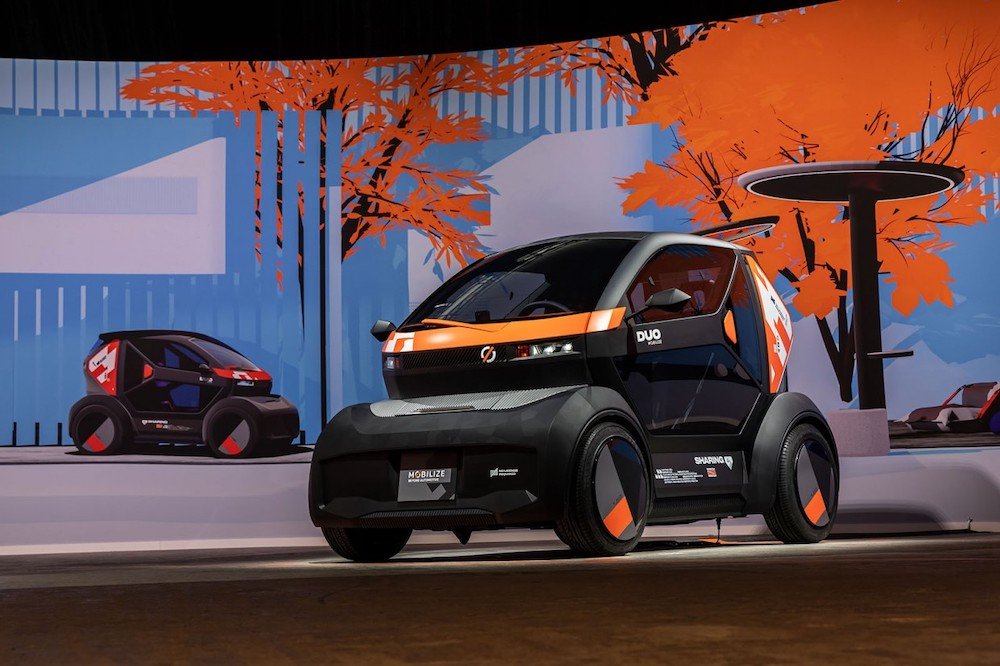A Quadricycle Built for Two
The Race for Smaller, Cheaper EVs is On
Electric quadricycles are a relatively new vehicle designation soon to be hitting the roads as a mobility option in larger cities — initially in Europe. These vehicles are smaller, lighter and more compact than traditional cars, making them well-suited for navigating congested urban areas with narrow streets and limited parking options. They are also electric-powered, which means they produce zero emissions and can help cities reduce their overall pollution levels.
The use of EV quadricycles as a new mobility option also has the potential to reduce traffic congestion and improve road safety. Because they are smaller and more maneuverable than traditional cars, they can easily navigate through traffic, reducing the need for cars on the road. Additionally, the use of electric power eliminates the need for fuel, which can help to reduce dependence on fossil fuels and decrease the environmental impact of transportation. And since quadricycles are often classified as low-speed vehicles, they can be driven by younger drivers, opening up new opportunities for transportation.
The Citroen Ami was designed to offer an alternative to scooters and mopeds as much as small cars - and was launched late last year in the UK. It’s compact, at 95” long, 51” wide and 49” high, it has a super small turning radius of 23 feet. The car-like Ami has two seats, and is fully electric. It has a top speed of 28mph and a range of just 46 miles - all deliberate design decisions derived from its city-based mobility brief. It’s not even classified as a car, but instead a quadricycle. The primary marketing for Ami is “100% electric mobility accessible to all,” but Citroen is also serving up the Ami as a cargo and delivery vehicle option which could have significant potential for last mile distribution in urban centers.
Growth of the mobility eco-system
The mobility ecosystem effectively includes vehicles that could be part of ride-sharing systems or used by businesses such as taxi operators and delivery firms. Some businesses are also developing vehicle-as-a-service, subscription vehicle offerings and charging networks. This expanding ecosystem includes everything about mobility except manufacturing cars that you buy and own.
The Incredible Shrinking Electric Car
With a need to get more people into EVs, there’s been a shift from global EV makers (starting in Europe and China) to make smaller, more affordable electric cars. 2023 could be a pivotal year for players like: VW, Renault, Fiat, Citroen, Polestar … and even Volvo. All the more reason to continue expanding the charging network for EVs around the world.

